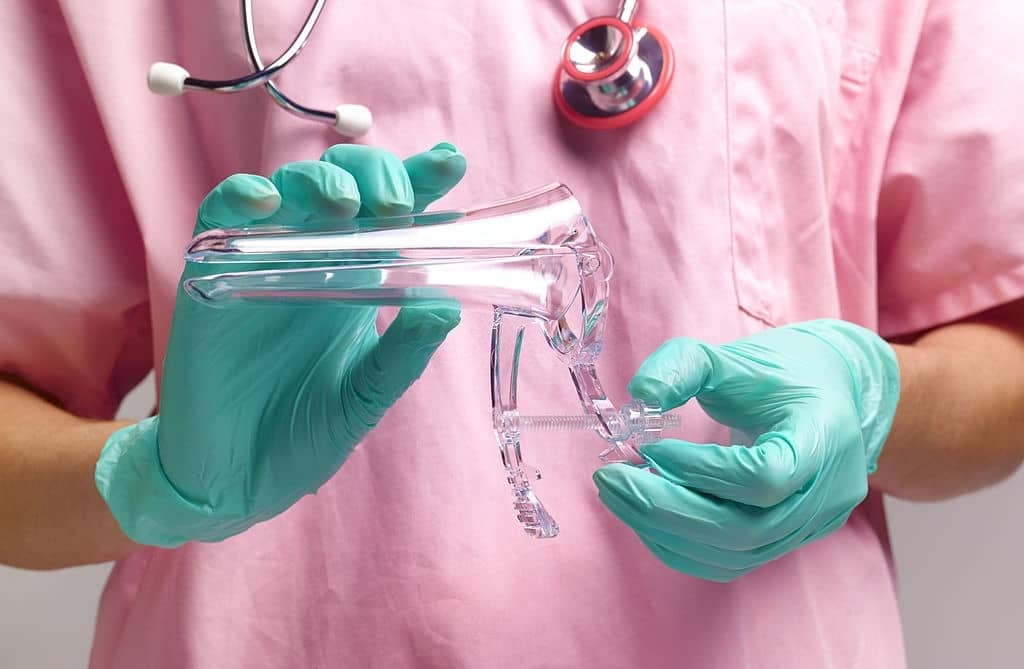Metallurgical, mechanical and chemical testing is performed on raw material, semi-processed and finished parts to determine compliance to specifications and quality requirements. Our engineering expertise and evaluations can help provide better, safer, and more reliable products, resulting in reduced costs and fewer failures.
There are several benefits to this type of testing:
- We can evaluate your product design requirements, and then assist you in specifying materials and/or processes that will enhance production or performance.
- We can evaluate current products to reveal deficiencies and potential improvements.
- For new designs or existing products, we can specify alternate materials that are better suited to the application or alternate processes, which can reduce the need for more expensive materials.
Routine testing services from Astonmet
Metallurgical Testing
- Metallography and microstructural examinations, high resolution digital image analysis photomicrographs, photomacrographs
- Rockwell hardness testing, ultra light knoop and vickers microhardness testing down to 1 gram loads
- Density and porosity
- Reverse engineering
Metallurgical testing is the process of analyzing and evaluating the microstructural, physical, and chemical properties of metals and alloys. The purpose of this testing is to determine the material’s quality, suitability for the intended application, and its compliance with specified requirements. The tests conducted during metallurgical testing can range from simple visual inspections to complex analytical procedures.
One of the most common metallurgical tests is the microstructural analysis, which involves examining the microstructure of the material at a microscopic level. This can be done using a variety of techniques, including optical microscopy, electron microscopy, and X-ray diffraction. Microstructural analysis can provide valuable information about the material’s grain size, phase distribution, and presence of any impurities.
Another important test is the tensile testing, which measures the strength and ductility of the material. During this test, the material is subjected to a tensile load, and the amount of deformation and the ultimate tensile strength are measured. The results of the tensile test can be used to determine the material’s suitability for various applications and to compare its performance with other materials.
Hardness testing is also an important aspect of metallurgical testing. Hardness is a measure of a material’s resistance to permanent deformation, and it can provide valuable information about the material’s suitability for various applications. There are several methods of hardness testing, including Rockwell hardness testing, Brinell hardness testing, and Vickers hardness testing.
Mechanical Testing
Mechanical testing is the process of evaluating the mechanical properties of a material, such as its strength, toughness, and elasticity. The purpose of this testing is to determine the material’s suitability for the intended application and its compliance with specified requirements.
One of the most common mechanical tests is the tensile test, which was mentioned previously in the metallurgical testing section. Another important mechanical test is the compression test, which measures the material’s ability to withstand compressive loads. During this test, the material is subjected to compressive loads, and the amount of deformation and the ultimate compressive strength are measured.
Fatigue testing is also a crucial aspect of mechanical testing. Fatigue is a phenomenon that occurs when a material is subjected to repeated loading and unloading cycles. This can result in the material experiencing significant deformation and eventual failure. Fatigue testing is performed to determine the material’s resistance to fatigue and to evaluate its performance under cyclic loading conditions.
Impact testing is another important mechanical test that is used to evaluate the material’s resistance to shock and impact loads. During this test, a sudden impact load is applied to the material, and the amount of deformation and the energy absorbed by the material are measured. This test is particularly useful for evaluating the suitability of materials for applications where they will be subjected to high impact loads, such as in the automotive or aerospace industries.
Chemical Testing
- Compositional testing to determine alloy identification verification of compositional specifications
- Iidentification of platings, particles, coatings, and residues
- Lead and cadmium testing
- Mechanical Testing:
- Tensile and compression testing
- Torque testing
- Cycle testing
Chemical testing is the process of analyzing and evaluating the chemical composition of a material. The purpose of this testing is to determine the material’s quality, purity, and suitability for the intended application. Chemical testing can be performed on raw materials, semi-processed materials, and finished parts to ensure that they meet the specified requirements.
One of the most common chemical tests is the elemental analysis, which involves determining the concentration of different elements present in the material. This can be done using a variety of techniques, including X-ray fluorescence spectroscopy, atomic absorption spectroscopy, and inductively coupled plasma mass spectrometry. Elemental analysis can provide valuable information about the material’s composition and the presence of any impurities.
Why us?
Our testing procedures are conducted by experienced professionals who are dedicated to providing accurate and comprehensive results. We use state-of-the-art equipment and technology to ensure that all tests are performed to the highest standards.
In addition, we follow strict quality control procedures to ensure the validity and accuracy of our results. Our testing methods are validated, and our procedures are regularly reviewed to ensure that they remain relevant and up-to-date.
Furthermore, we have a commitment to transparency and open communication. We provide detailed reports of our testing results, and we are always available to answer any questions or concerns that you may have. Our goal is to provide you with the information you need to make informed decisions and to ensure that your products meet the required specifications and quality standards.
Finally, we have a proven track record of providing reliable and accurate testing results. Our clients trust us to provide the information they need to make informed decisions, and we have a long-standing reputation for delivering high-quality results.

